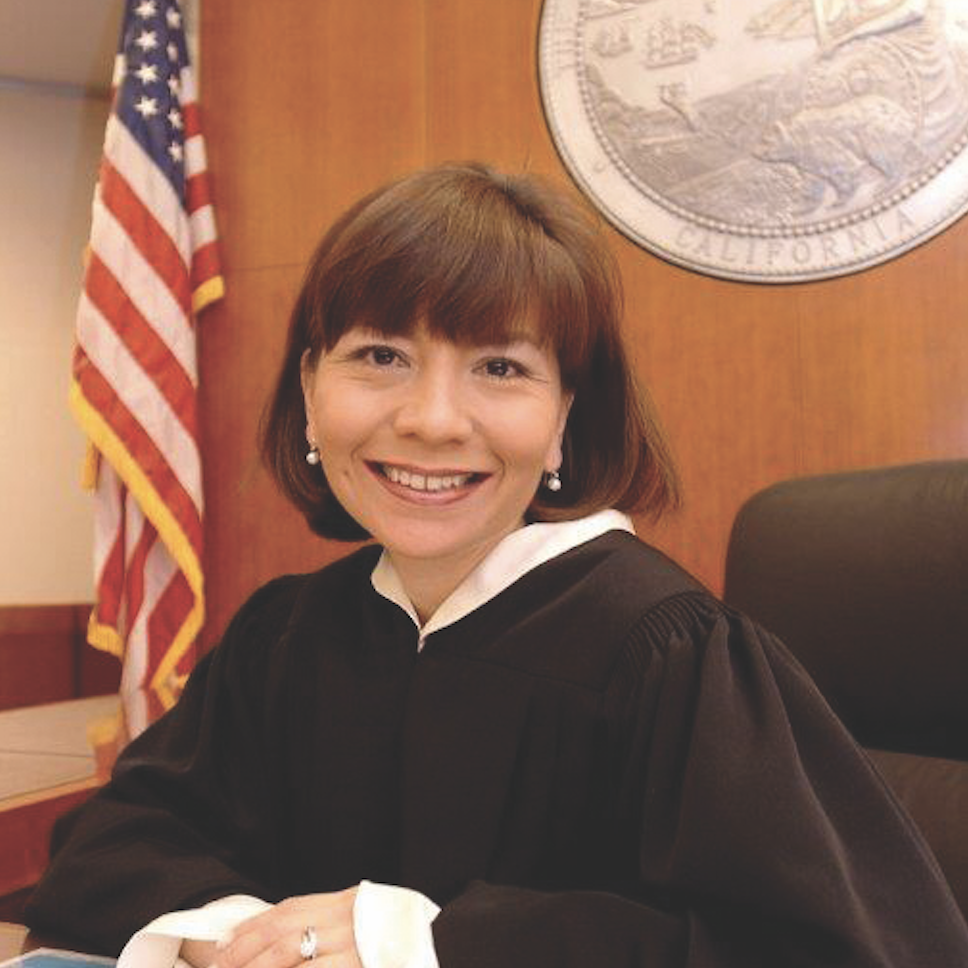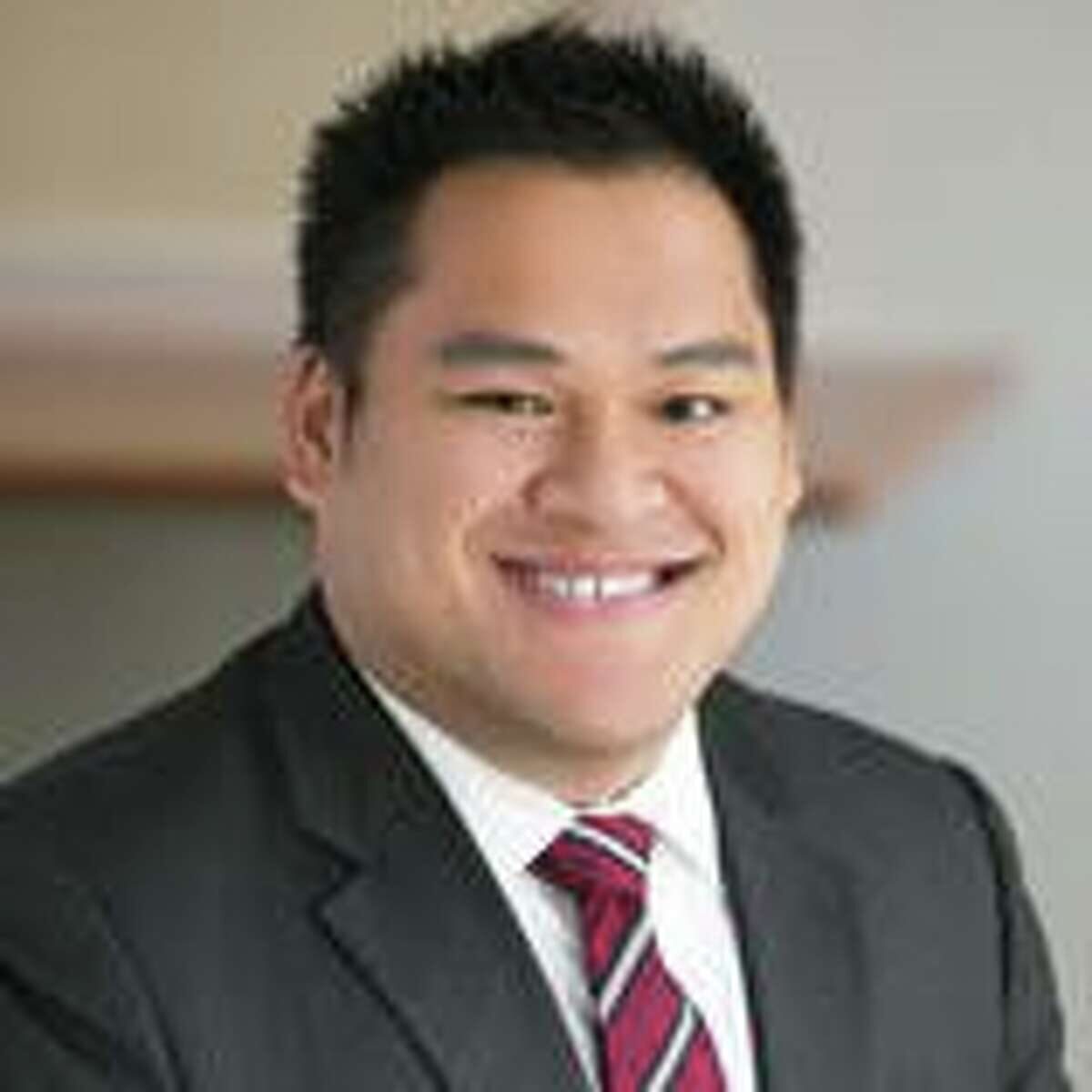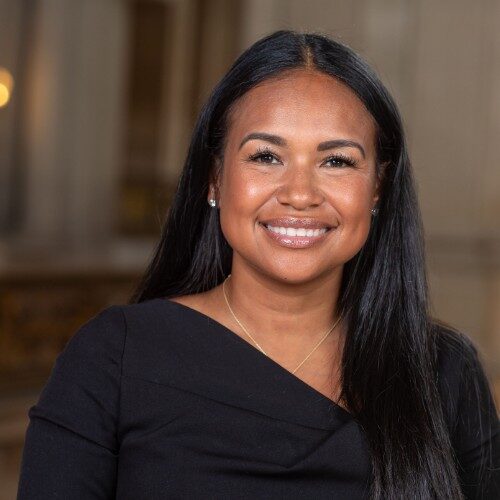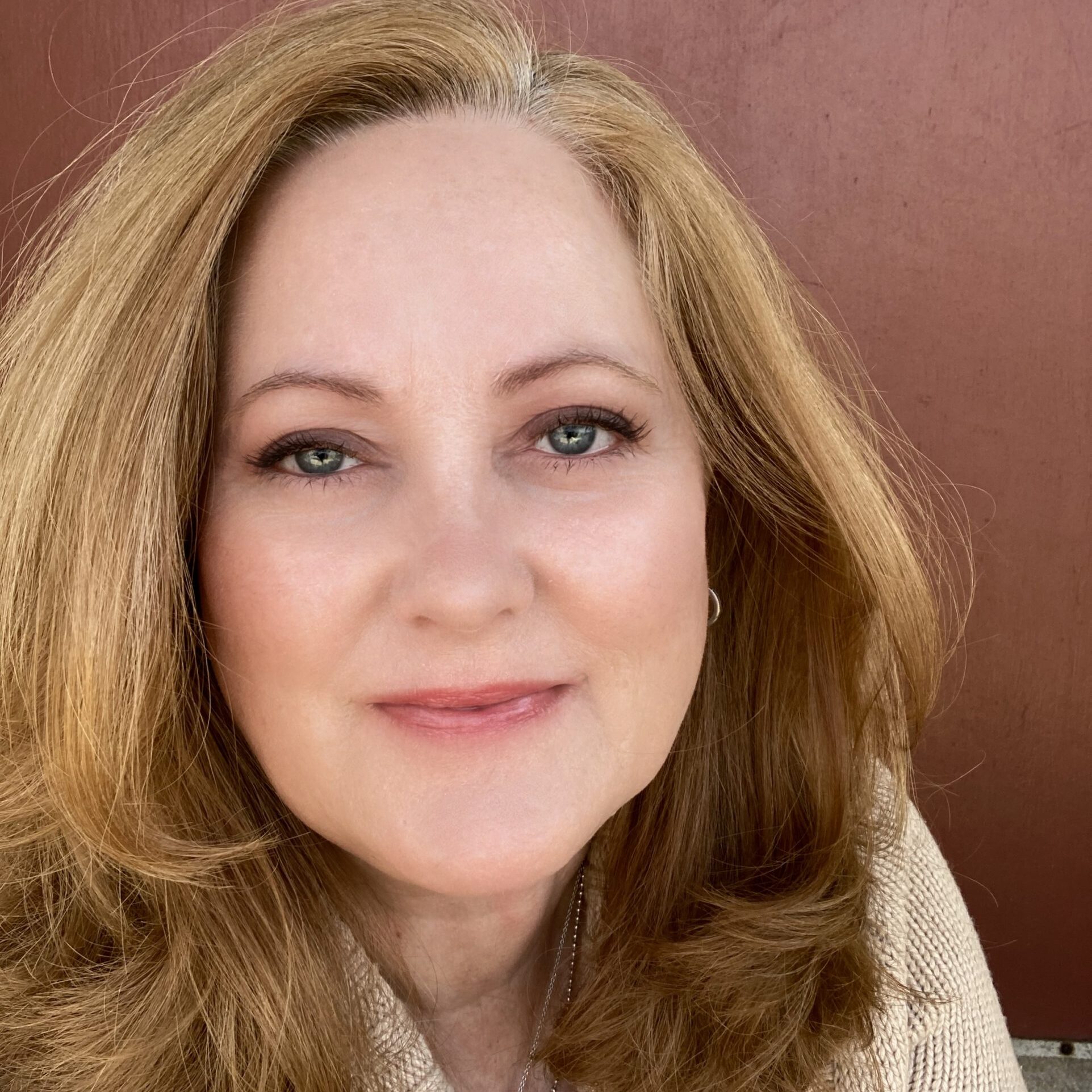The Supreme Court’s decision in June to end the use of affirmative action in admissions to all public and private universities (Students for Fair Admissions, Inc. v. President & Fellows of Harvard and Students for Fair Admissions, Inc. v. University of North Carolina) didn’t come as a surprise to people who follow the Court’s proceedings. “I knew prospects were grim,” says Judge Suzanne Ramos Bolanos. She recalls an event hosted by the San Francisco Superior Court’s Elimination of Bias Committee, which she chairs, in October 2022. The speakers were pessimistic about the future of affirmative action, about the possible impacts on diversity in higher education as well as in the workforce, and they had historical precedent fueling their concerns.
As discussions turn to “What’s next?”, we can look at the fallout from California’s fights for—and against—affirmative action as a harbinger of what we might see nationally. In 1978, the use of racial quotas (designating a specific number of spots for members of a particular racial group) in university admissions was banned by the U.S. Supreme Court’s decision in Regents of the University of California v. Bakke. (Bakke was a white male applicant to UC Davis School of Medicine.) In 1996, 55% of California voters supported a ban to practice affirmative action at state universities, and in government contracting and employment, through Proposition 209. In 2020, Proposition 16, which would have repealed Prop. 209, was rejected by 57% of voters.
The impact of Prop. 209 was felt immediately. A 2020 study by Zachary Bleemer for UC Berkeley’s Goldman School of Public Policy, Center for Studies in Higher Education, reported “enrollment among Black and Latino students at UCLA and UC Berkeley fell by 40%” that year, and, according to a different UC study, in the three years after Prop. 209 took effect, enrollment of underrepresented minority (URM) students at those two campuses dropped by 50%, and by 12% across all UC schools.
The numbers didn’t improve over time. In 2006, the incoming class at UCLA included what became known as the “Infamous 96”; out of 4,852 freshman, only 96 were Black. (For comparison, 259 Black students were admitted in 1995, and 346 were admitted—after intentional programs to attract them—in 2021.) In 2016, 56% of high school graduates in California were Black, Latino, Native American, and Pacific Islander, but only 37% of those students matriculated at the state’s public colleges and universities. “We’re still fighting to come back from Prop. 209,” says Judge Bolanos. “I predict we’ll see a huge drop in minority enrollment in fall 2024, and people will be justifiably upset.”

They can’t catch up to their income capacity, it’s like they’re permanently behind. It becomes a generational problem." - Judge Suzanne Ramos Bolanos
The Ripple Effect Goes Beyond Education
“People think affirmative action is a college thing, but it’s a means to an end,” says Anthony Guzman, an associate at Greenberg Traurig who works in labor and employment law. The values of diversity, equity, and inclusion (DEI) impact every segment of the pipeline. Getting a strong K-12 education leads to enrollment at first-rate universities, which provides curriculum and experiences that prepare graduates to succeed in the workforce.
There are economic impacts. When kids go to schools with fewer resources, and the inequities compound, it affects their life trajectory. “They can’t catch up their income capacity, it’s like they’re permanently behind,” says Judge Bolanos. “It becomes a generational problem.” According to the Bleemer study, as a direct result of the ripple effects of Prop. 209’s implementation, the wages of an average URM applicant declined by 5% annually in their first decade of employment (ages 24 to 34). In California, by the mid-2010s, young URM employees bringing home salaries of over $100,000 declined by at least 3%. The study’s “findings…provide the first causal evidence that banning affirmative action exacerbates socioeconomic inequities.”
Ultimately, there are societal ripple effects. “The result,” says Terrance Evans, a partner at Duane Morris who helped draft the amicus brief in defense of affirmative action to the Supreme Court, “is a diminished pool of professionals—doctors, dentists, attorneys. It’s devasting for the country and for the communities they would have served.”

Whether it’s at a law firm or in industry, it’s been clear for so long that diversity is not just good values, it provides tangible benefits as more diverse teams produce better products, ideas, and innovation. That exchange of lived experiences and cultures is so valuable. You get more well-rounded members of society. That’s how we build empathy and ultimately how we build a stronger society.”
- Kevin Benedicto
Diversity Matters
“It’s not just about your class looking diverse, it’s about thinking diverse,” says Samantha Adhikari, an assistant district attorney in San Francisco and a member of Barrister’s Diversity and Inclusion Committee. “We want diversity—not just of race, but of lived experience,” says Guzman, who serves as diversity director on Barrister’s board of directors. Among the benefits of working in an environment that supports and promotes diversity, says Adhikari, are opportunities to contribute, learn from, and be challenged by new perspectives.
“Whether it’s at a law firm or in industry, it’s been clear for so long that diversity is not just good values, it provides tangible benefits as more diverse teams produce better products, ideas, and innovation,” says Kevin Benedicto, an associate at Morgan, Lewis & Bockius, and member of the Barrister’s Diversity and Inclusion Committee. “That exchange of lived experiences and cultures is so valuable,” he says. “You get more well-rounded members of society. That’s how we build empathy and ultimately how we build a stronger society.”
And younger generations need role models. “Success starts earlier—in K-12, in our households, our community,” says Kelly Matayoshi, a partner at Farella Braun + Martell. Matayoshi stresses the importance of sharing our stories. “Students need to know what’s achievable,” she says. “Success seems far away. They need to see it: ‘Here are people who have done it and can help you do it.’”
On the flip side, the potential for homogenous thinking—and how it impacts access to education, employment, and board positions—is “chilling,” says Adhikari.

We know (racial differences) exist in society and are not protected. We can see how this ripples into employment, and it can spiral out into many other realms.” - Kelly Matayoshi
First Universities Were Targeted, Now Employers Are in the Crosshairs
Far too many people still believe affirmative action is only about quotas, and this misconception fuels the rhetoric behind anti-diversity activism. Corporations are already being threatened with lawsuits intended to discourage their DEI initiatives. CRT Forward Tracking Program, run by the UCLA School of Law Critical Race Studies Program, reported 50 measures targeting DEI offices and training programs have already been introduced this year (as of August 4). That’s double the combined annual totals for 2022 (18) and 2021(16).
“The very notion of DEI programs has become political,” says Guzman. He refers to a July 13 letter signed by 13 Republican state attorneys general advising Fortune 100 CEOs to “refrain from discriminating on the basis of race, whether under the label of ‘diversity, equity, and inclusion’ or otherwise.” Companies that do not comply and continue to “engage in racial discrimination,” the letter continues, “should and will face serious legal consequences.” Democrat attorneys general have since issued counter letters.
We’re experiencing “legal whiplash,” says Guzman, with employers confused about how they might adjust their DEI strategies in light of the Supreme Court’s decision, as well as risking overcorrection. There’s fear of possible litigation, causing employers to pause or stop DEI efforts, and the end results could be less-diverse recruits, less-diverse applicants, and the compounded long-range challenges of keeping and promoting a diverse workforce.
Law firms are affected too. On July 17, Senator Tom Cotton (Arkansas) sent a letter to 51 law firms warning them their continued use of DEI programs and race-based hiring practices could put them at risk for litigation. “Employers should take to heart the Supreme Court’s recent declaration that ‘eliminating racial discrimination means eliminating all of it,’” he wrote.
It’s easy to see how corporations and law firms can feel discouraged, and it’s imperative that we not give in to threats of potential repercussions for good intentions. “DEI programs can still be implemented lawfully, in ethical, fair, and meaningful ways,” says Guzman.
“We know (racial differences) exist in society and are not protected,” says Matayoshi, a member of the Elimination of Bias Committee and recipient of the 2022 Barrister’s Diversity Award. “We can see how this ripples into employment, and it can spiral out into many other realms.” She predicts the next target of anti-affirmative action activists will be companies working on diversifying boards, especially for gender equality on corporate boards. Adhikari agrees, “They’re going to come for that next.”
It's time to recommit to the values of diversity, equity, and inclusion. “The last thing we want is to be afraid,” says Guzman.

Recognize what the barriers are, don’t be afraid to confront them and tear them down. Create a pipeline for BIPOC students and staff to come in. Our voices matter, and we need a seat at the table.”
- Tinnetta Thompson
“What Can We Do?”
“We have to be more vigilant now,” says Evans, who co-founded and co-chairs the Racial Justice Committee of the California Lawyers Association, and he encourages a collective response that unites individual legal professionals, law firms, and organizations. “This is where bar associations are going to be instrumental—regional, state, national—to help organize a response.” (See sidebar for ways you might engage through BASF.)
“It’s always our job, whatever the platform, to fix the racism problem,” says Tinnetta Thompson, an attorney and director of recruitment for the Department of Police Accountability who is co-chair of BASF’s Equity Committee on Minorities. She suggests brainstorming, conducting surveys, and encouraging people to be “that voice for the voiceless.” We can start by removing the barriers to inclusivity and diversity, perhaps by reexamining application processes and lists of minimum requirements for committees and boards. “Recognize what the barriers are, don’t be afraid to confront them and tear them down,” Thompson says. “Be open,” she says, for “you want our opinions,” whether the goal is dynamic recruitment, professional development, retaining a diverse workforce, or demonstrating to BIPOC (Black, Indigenous, and People of Color) communities that your firm or organization understands their life experiences and can authentically represent them. “Create a pipeline for BIPOC students and staff to come in,” she says. “Our voices matter, and we need a seat at the table.”

Take personal responsibility for becoming educated about our history of underrepresented groups—Black history in particular. And make sure (this curriculum) is available to our next generations through our schools and libraries. - Terrance Evans
“What Can I Do?”
Change begins with us, and there are actions we can each take to improve diversity, equity, and inclusion in our own circles of influence. “Take personal responsibility for becoming educated about our history of underrepresented groups—Black history in particular,” says Evans, who has led dozens of diversity trainings for judges, lawyers, law students, and members of the community around the US and was a recipient of the 2021 Barristers Club Diversity Award. “And make sure (this curriculum) is available to our next generations through our schools and libraries.”
Care enough to make time to vote and to help get out the vote, says Matayoshi, to elect people who reflect and represent who we are. “It’s important for people to know what we’re thinking, to know there are enough people who care about these issues,” she says.
Cultivate empathy and be active in community, says Benedicto, because “the best way to protect our democracy is to be part of it.”

